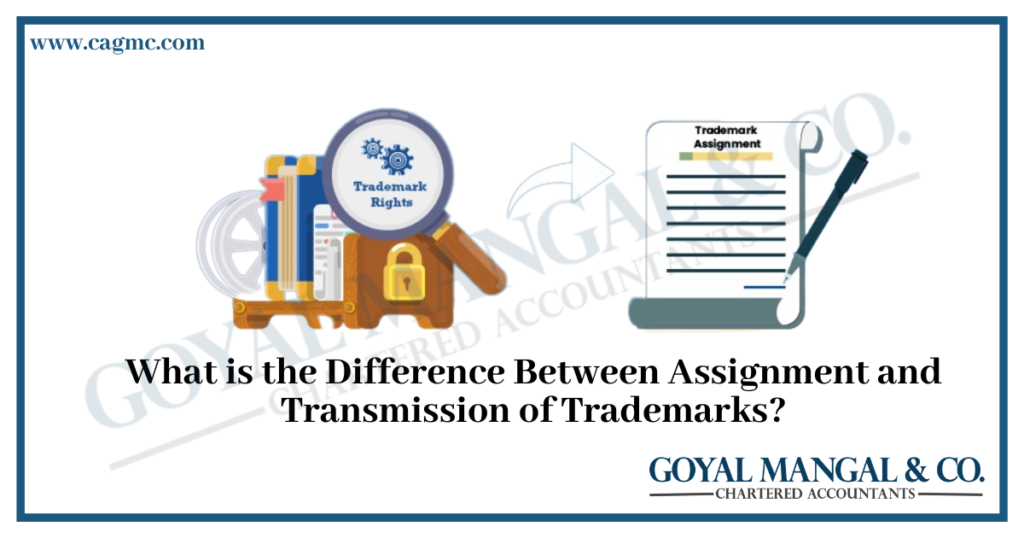Trademark Registration in India
Introduction
India’s growing businesses are increasingly aware that their brand needs to be safeguarded. A trademark is more than just the logo or a name; it is the identity of your business. When you register a trademark, it gives you the sole right to use it, prevents others from copying your brand. As more businesses want to safeguard their names and symbols, applications to register trademarks in India are soaring. This is very important as businesses are able to grow through significant brand recognition. This article provides an easy-to-follow guide for how to register a trademark in India, and in particular, the legal benefits and best practices to protect and grow your brand.
Table of Content
Introduction
Understanding Trademark Laws and Regulations in India
Importance and Benefits of Trademark Registration in India
Step-by-Step Process of Trademark Registration in India
Legal Aspects and Challenges in Trademark Registration in India
Maximizing Trademark Protection in India
Conclusion
Understanding Trademark Laws and Regulations in India
What is a Trademark?
A trademark is a superhero cape for your business, it gives you that extra oomph, that extra layer, something that identifies you and keeps you away from the bad guys in the marketplace. In simple terms, trademarks are the names, logos, symbols, and other identifiable elements used to identify and distinguish your products and services from those of another. I’m talking logos, brand names, slogans and even sounds! It’s about protecting what makes your brand unique and memorable — because let’s be real, you don’t want to get confused with that knock-off brand that also sells “fabulous flying cars.”
Overview of the Trademark Act, 1999
The Trademark Act, 1999 is the principal law on trademarks in India. It establishes the terms for registering trademarks and protecting them from abuse. It will help you understand who can apply, what can be registered and how you can enforce your rights. The Act also provides for Dispute Resolution Mechanism & Appeals.
Trademarks applications are fully administered by Department for Promotion of Industry and Internal Trade, which has its own Trademark Registry. It processes applications, searches for conflicts, publishes and registers marks.
Types of Trademarks in India
- Registered trademarks have legal backing, offering strong protection.
- Unregistered trademarks rely on common law rights but lack formal legal support.
Distinctive features help differentiate these marks. Registration turns your brand into a legal asset, giving you a stronger position if disputes arise.
Importance and Benefits of Trademark Registration in India
Legal Protection and Exclusive Rights
Registering your trademark makes it illegal for others to use similar marks. You gain the right to sue anyone infringing on your brand. For example, if a competing company copies your logo, registration supports your case in court.
Brand Recognition and Business Growth
A solid trademark helps your customers recognize and trust your product. It builds loyalty over time. Companies like Amul and Tata built their brands through trademark protection and saw their businesses grow dramatically.
Commercial Advantages
Owning a registered trademark allows you to license or franchise your brand, creating more income streams. Additionally, trademarks are valuable assets. They can be bought, sold, or used as collateral for loans.
International Trade and Expansion
A registered Indian trademark acts as a stepping stone for global markets. The Madrid Protocol lets you register your mark in multiple countries with a single application, simplifying international expansion.
Step-by-Step Process of Trademark Registration in India
Required paperwork
As for registering a trademark in India, it doesn’t simply stop at having a creative name or an appealing logo. There’s a bit of paperwork you need to get your hands on, and here is what you will require.
- Form TM-A – This is the application form for trademark registration. As for everything else you fill out, consider this a ‘meet and greet’ of sorts for your brand to the rest of the world.
- Logo/ trademark representation: When your trademark takes on a visual form, you have to ensure there is a good representation of it. If it’s a trademark, getting a selfie is a good start but sending a clearer picture is what guarantees that everyone knows how to recognize your trademark.
- Proof of use: If you are already using your trademark in commerce, you may need, some receipts or boxes to prove that you are indeed using it. If you don’t have verifiable proof a simple declaration of intent does the job.
- Identity proof: This can be Aadhar or PAN card or a passport for individuals. Companies would need to provide a registration certificate.
- Address proof: Government documents claiming your business address, or a utility bill works just fine.
These aids in forming reliable documentation when applying for trademark applications and make sure it doesn’t fall apart like a poorly made souffle.
Conducting a Trademark Search
Start by checking if your mark is unique. Use online tools like TM view or the official Indian Trademark Registry database. Spotting conflicts early can save time and money.
-
Filing the Application
Gather details like your name, address, a clear trademark image or word, and the list of goods/services. Decide whether you are filing a standard application or through the Madrid Protocol for international protection.
-
Examination Procedure
The Trademark Office reviews your application, which can take several months. They might oppose it if similar marks exist or if it doesn’t meet criteria. Be ready to respond promptly to any objections.
-
Publication and Opposition
Your mark is published in the Trademark Journal. Third parties have 4 months to oppose registration if they believe it harms their interests. If no opposition, your trademark moves forward.
Registration and Post-Registration Procedures
Once approved, you receive a registration certificate. Your mark is valid for ten years. Remember to renew every 10 years to keep the protection active. Continually monitor the market for potential infringements.
Legal Aspects and Challenges in Trademark Registration in India
Common Reasons for Trademark Refusal
Many applications are rejected because they resemble existing marks or are too generic. Descriptive marks like “Best Shoes” may also face rejection. Unique and creative names are easier to register.
Trademark Infringement and Enforcement
If someone uses your mark without permission, Indian law offers remedies like injunctions and damages. Cases of infringement, such as copying logos or brand names, show how protecting trademarks is essential.
Challenges Faced by Applicants
Delays and opposition are common hurdles. Sometimes, applicants face lengthy legal battles or opposition from other brands. Preparing a strong, clear application can help avoid these issues.
Tips for a Smooth Registration Process
Choose a name or logo that’s different and memorable. Seek legal help from trademark attorneys to navigate complex procedures. Register early before someone else claims the mark.
Maximizing Trademark Protection in India

Strategies for Brand Protection
Leveraging International Trademark Laws
Upcoming Trends
Strategies for Brand Protection
Regularly check for similar or identical marks. Take swift legal action against infringers. Keep good records of your rights and permissions.
Leveraging International Trademark Laws
Register through the Madrid Protocol when expanding abroad. It saves time and simplifies international trademark management. Understanding treaties helps safeguard your brand worldwide.
Upcoming Trends
As laws evolve, expect faster processes and better protections. More industries will recognize trademarks as critical assets.
Conclusion
What are you waiting for, if you haven’t already jumped on that one? The trademark registration process appears incredibly daunting, doesn’t it? With the right information and a slice of determination, you can handle it. In summary, trademark registration for a company looking to protect its branding and intellectual property in India is essential. If you are aware of the registration procedure, satisfy the necessary qualifications and always be on alert against possible threats, however, it is possible to ensure that your name will remain from a commercial perspective sheltered and easily distinguishable in the market. Registering your trademark don’t only give your brand credibility, it gives you peace of mind to concentrate of the nitty-gritty of doing business. We encourage you to get ahead of the game to secure your brand and position yourself to succeed.


